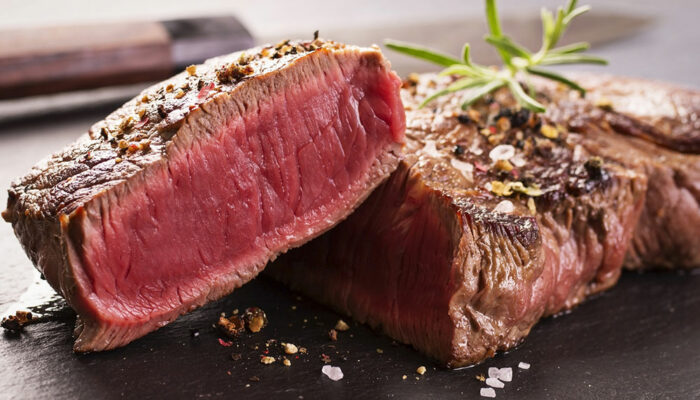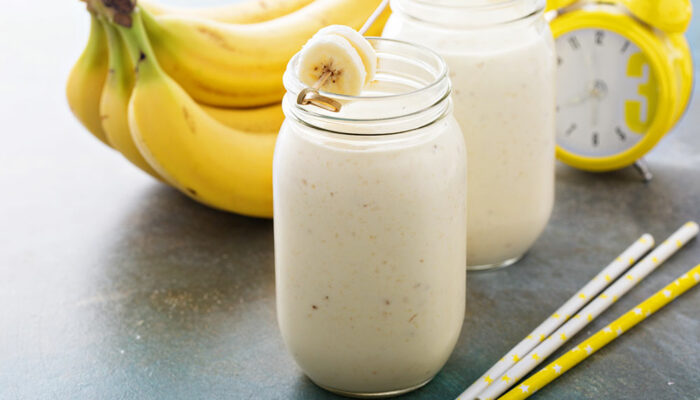
health
7 early signs of acute respiratory viruses
Acute respiratory infections refer to a broad category of illnesses, like bronchiolitis and pneumonia, that affect the lower and upper respiratory tract. A significant number of these infections are caused by respiratory viruses, posing a health risk to individuals of all ages. Common respiratory viruses include influenza, rhinoviruses, common cold viruses, and adenovirus. These viruses can invade the respiratory tract, leading to inflammation and a cascade of symptoms ranging from mild to severe. Early signs of respiratory infections Here are some of the early signs of severe respiratory infections caused by viruses: Fever If you experience a sudden onset of high fever, especially if it exceeds 103°F, could be a sign of viral infection. Fever is the body’s natural response to fight infections, indicating that the immune system is working to eliminate the virus. You may also experience chills along with fever. Congestion and sore throat Nasal congestion and a sore throat are among the initial symptoms of viral infection in the respiratory tract and can cause further discomfort. Cough A cough is often the body’s way of clearing the airways of mucus and foreign particles. Coughing may start as mild irritation and develop into a more severe, persistent cough over time as the infection worsens.
Read More 








